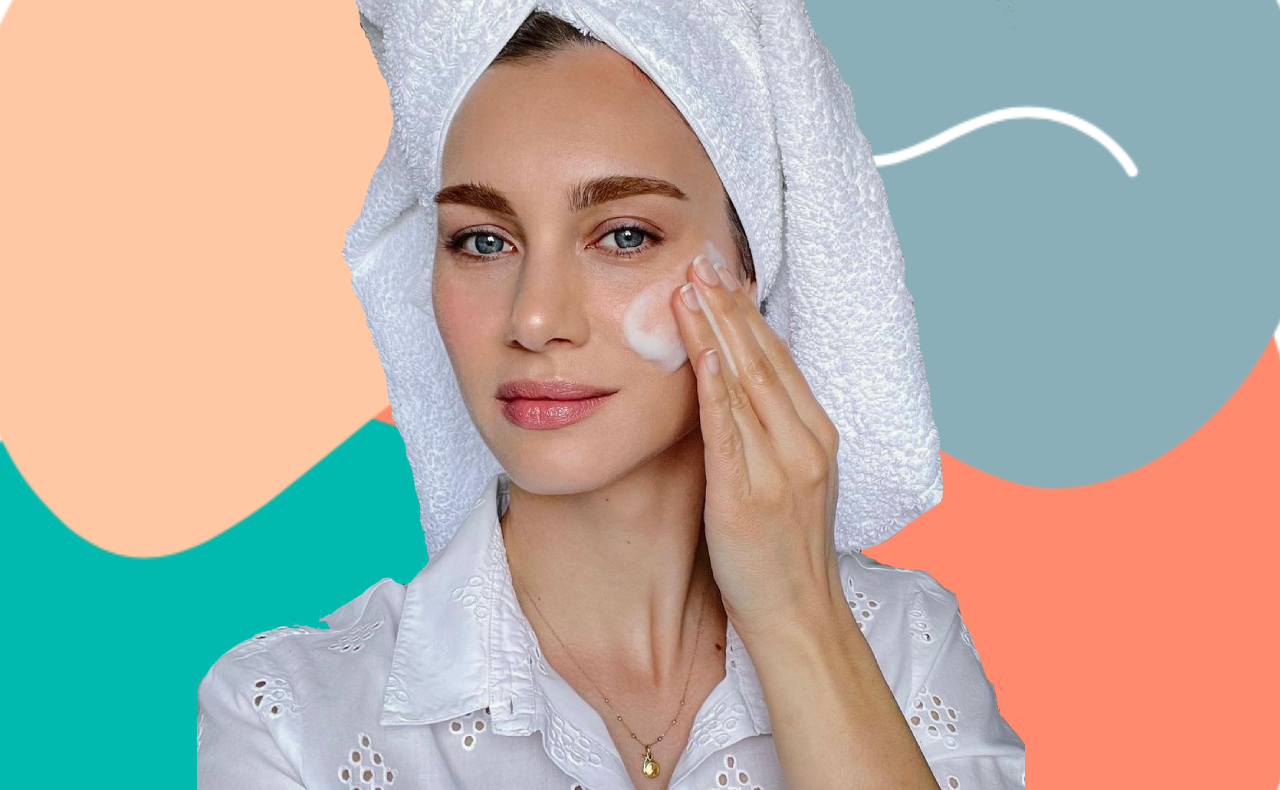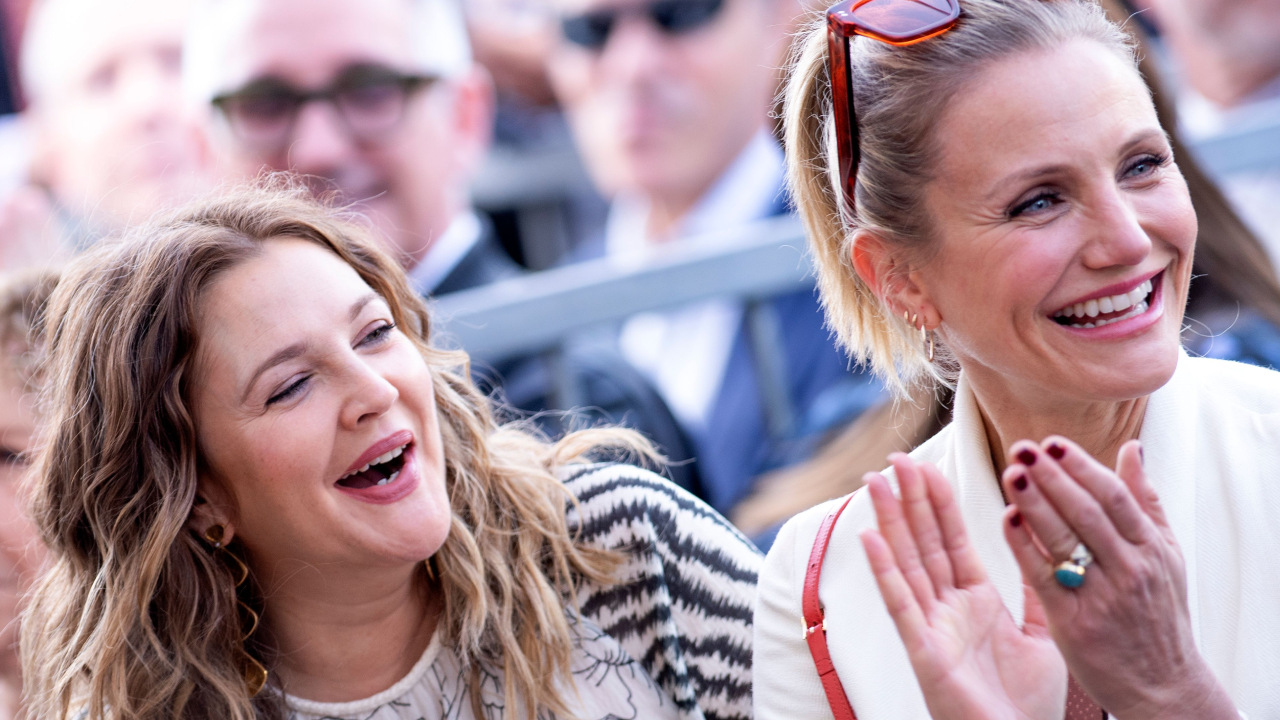At this time of the year so many of us are kick-starting our fitness and trying out new training regimens. But when it comes to what type of exercise to try, it can be overwhelming! From high-intensity workouts like F45 and crossfit to toning and lengthening favourites like barre and yoga – it’s hard to know where to start or what is best suited to you. Whatever happened to the humble jog? In this glossary of exercises I break down four forms of working out that have become particularly popular recently, to hopefully make the whole process a lot less painful (until the next day muscle cramps kick in!).
RELATED: How to keep your health resolutions
RELATED: Are you doing these exercises the right way?
Weights training
Former NRL player and owner of Flow Athletic, Ben Lucas, chats to me about weights training and why he loves to encourage people to add it to their fitness program. “Weights training is a type of strength training that uses weights for resistance. That resistance essentially provides stress to the muscles that in turn causes them to adapt and get stronger.” As for the benefits, well Ben reckons they’re endless! But here are just a few:
- Protect joints from injury
- Assist with flexibility and balance
- Weight management
- Prevent diabetes, heart disease, back pain, depression and obesity
Improvement of sleep!
If you’re under the age of 16, Ben recommends avoiding weights training, but anyone else can adapt the training to suit their goals. However, Ben suggests seeking the help of a personal trainer before you start so you can be shown the correct technique and set up a program just for you, because “there’s nothing worse than getting injured in your first week because you decided to copy something off Instagram!”
Yoga
Yoga is one form of training that is not just about physical benefits but spiritual ones also. Yoga is a complete mind, body and spirit practice and has been around for over 5000 years (yikes!). Osteopath and personal trainer Nicholas Efthimiou explains that yoga “centres around positions or postures called ‘asanas’ and much emphasis is placed upon breathing and body position in each asana.” He tells us the benefits of practising yoga include:
- Relaxation and stress reduction
- Pain management
- Maintenance/improvement of lean body mass
- Improvement of balance and mobility in older adults
Nicholas recommends yoga to anyone who is stressed and anxious, those with limited movement ability and also “people who can identify with the philosophy of an integrated approach to mind and body wellness.”
RELATED: The many benefits of stretching your body
Pilates
Pilates is a form of exercise that was developed more recently than yoga in the early 20th century by Joseph Pilates. We speak to TV presenter, actress and founder of the Tania Zaetta ‘6 Wk Trim & Tone’ Online Weightloss Program, Tania Zaetta, who also happens to be a Pilates instructor! Tania tells us that Pilates is all about focussing on your body’s ‘core’ muscles, “like abdominals and obliques that help keep us upright, twist, turn and move.” She explains the many benefits of this type of exercise:
- Develop strength, flexibility and muscle tone
- Strengthen your lower back, inner and outer thighs and butt
- Achieve a long, lean, strong streamlined body (like a dancer!)
The best part about Pilates? It can be done by anyone no matter what age, gender or fitness level! Tania tells us that it’s also “recommended by doctors and physios to help prevent or rehabilitate after injuries.” Pilates is a low-impact form of training, meaning you could do a class every day if you wanted and would not need to undertake much other exercise to stay fit and look great! It’s especially suited for busy mums as many of the exercises can be done anywhere, without any equipment.
F45
If you haven’t heard of F45 training then you may have been living under a rock for the last 12 months! There are F45 gyms popping up all over and after speaking with personal trainer and F45 enthusiast, Deedre Zibara, it’s not hard to see why this type of training is so popular. Dee tells us that F45 classes involve 45 minutes of High Intensity Interval Training (HIIT) in a group. One of the main drawcards for F45 is the community it builds. Dee explains, “I love having ‘fit friends’ because I am able to have fun and get sweaty with my mates while getting an amazing workout. It really increases motivation to actually get up and go to the gym.”
You can expect to try a whole lot of exercises in any given F45 class. The ‘F’ in F45 stands for ‘functional’ and essentially, functional training “optimises strength and endurance for everyday life. It incorporates loads of mobile equipment like kettlebells, sleds, ropes and fitness balls so it’s great for those wanting to try something new who might be intimidated by bigger crossfit type gyms.”
So, who is F45 best suited to? Dee reckons just about anyone can give it a go! She recommends that pregnant women and anyone with chronic injuries should be cautious and get doctor’s clearance before starting F45. However, Dee explains that F45 PTs “are always vigilant to modify certain exercises to suit the individual and avoid injury or re-injury.”
Have you tried any of these types of exercise? Which ones do you enjoy the most?





Weights and strength training are my favourites, I also do a bit of pilates.